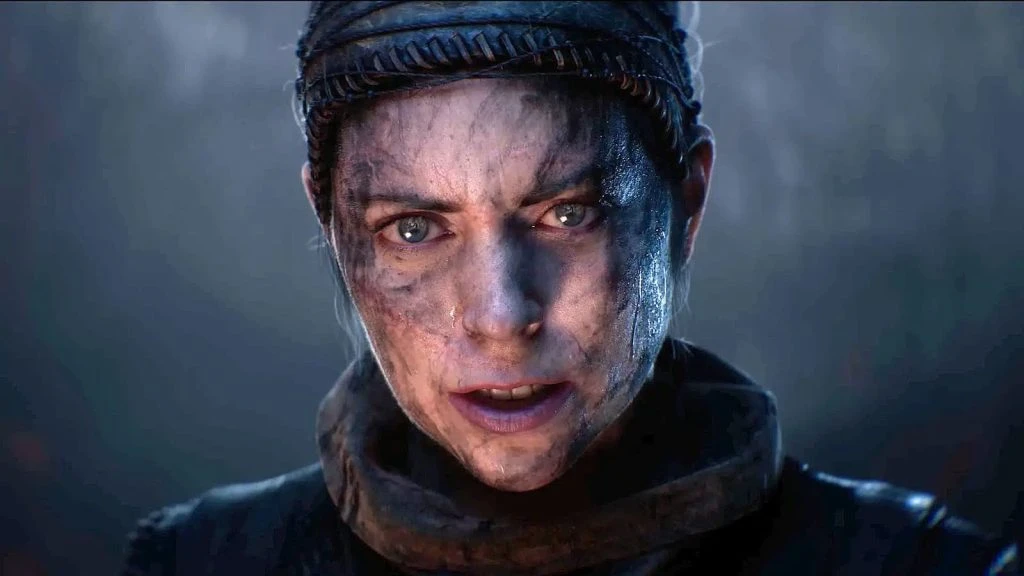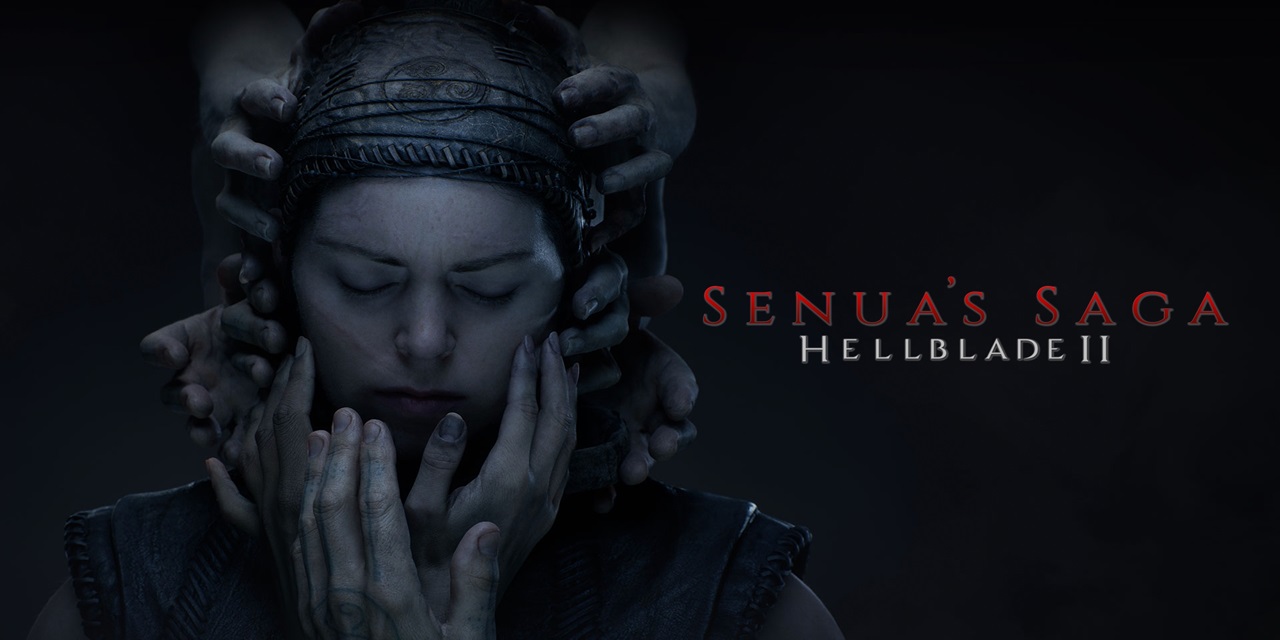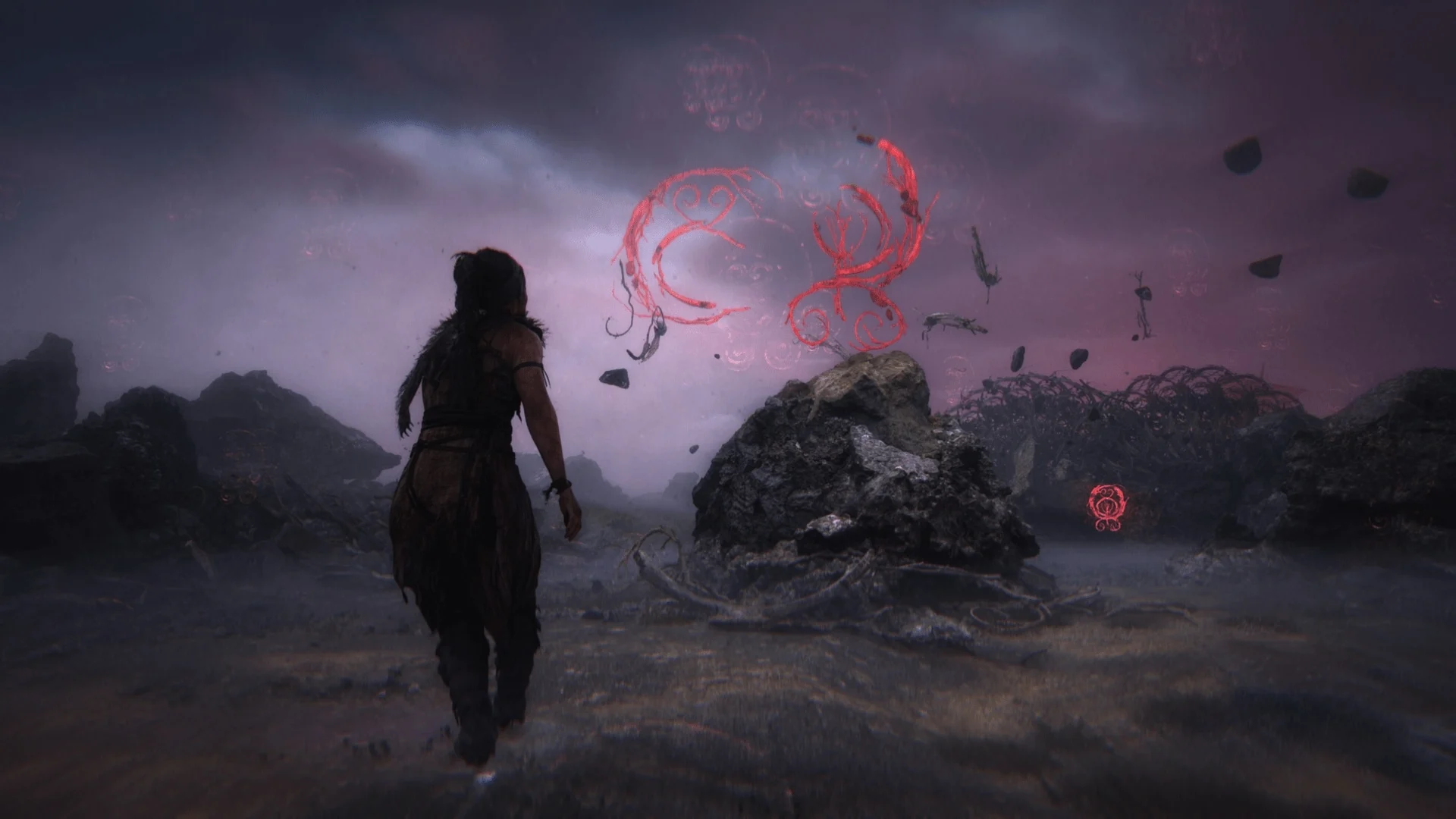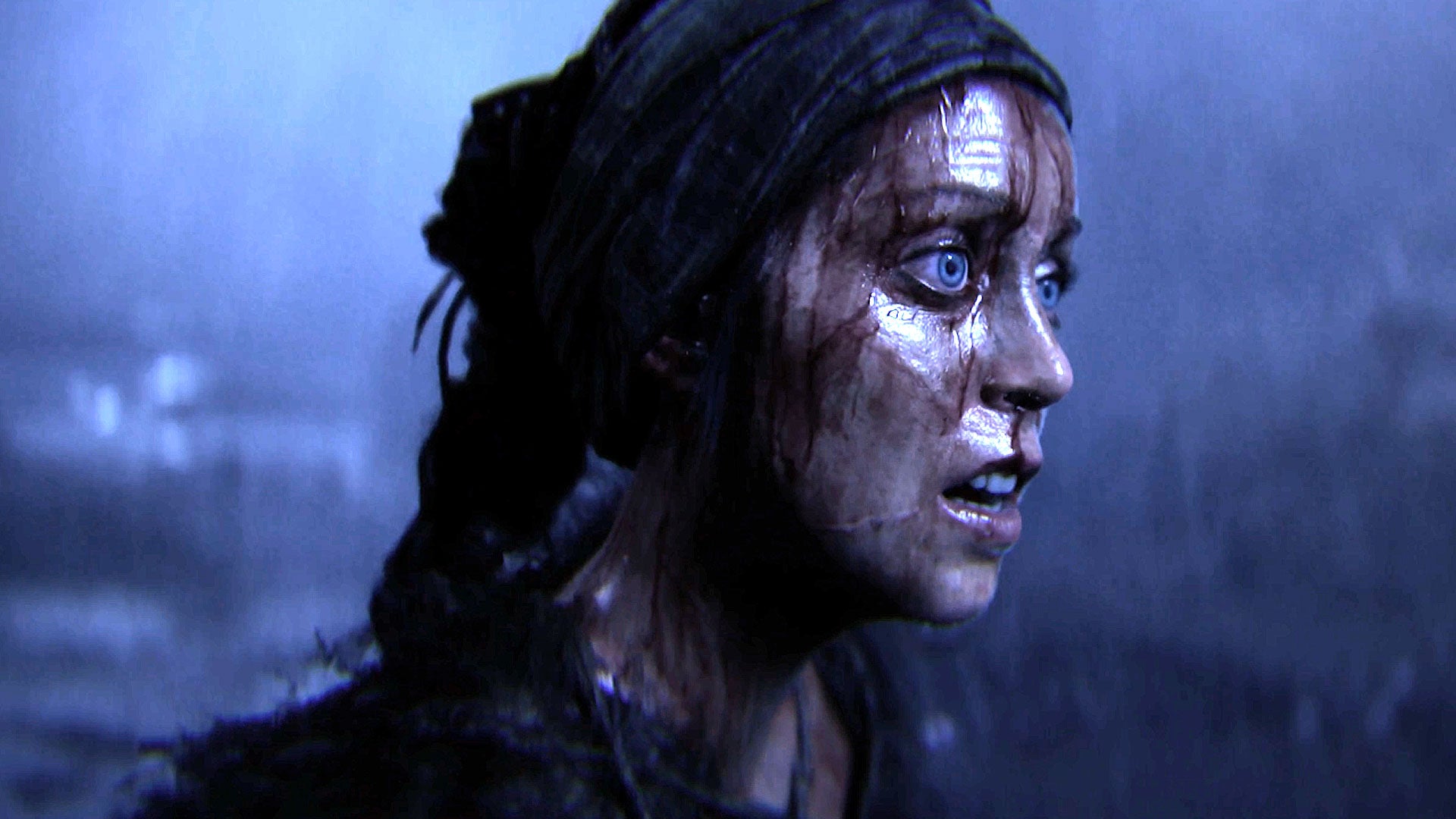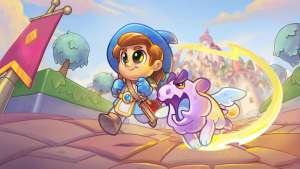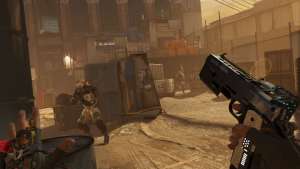The world of gaming has witnessed countless narratives and iconic protagonists over the years, but few have left as profound a mark as Senua. Her journey, marked by courage, vulnerability, and an unflinching exploration of mental health, has captivated players worldwide. Ninja Theory’s Senua's Saga: Hellblade II, the much-anticipated sequel to the critically acclaimed Hellblade: Senua’s Sacrifice, builds on the legacy of its predecessor with a deeper, darker, and even more visually arresting experience.
This article dives into the expansive narrative arc that spans both games, detailing the transformative journey of Senua, the evolution of gameplay, and the innovative technical achievements that define Hellblade II. It also examines the cultural and psychological themes that make these games some of the most impactful experiences in modern gaming.
The Legacy Begins: A Recap of Hellblade: Senua’s Sacrifice
To fully understand Hellblade II, one must first revisit the groundbreaking story of its predecessor. Released in 2017, Hellblade: Senua’s Sacrifice introduced players to Senua, a Pict warrior haunted by psychosis. Set in the Viking age, the game follows Senua on a harrowing journey to Helheim, the Norse underworld, as she seeks to rescue the soul of her deceased lover, Dillion.
Throughout Hellblade: Senua’s Sacrifice, Senua battles not only physical foes but also the “darkness” within her—a manifestation of her psychosis. The voices in her head, known as the Furies, both guide and torment her, creating an immersive and unsettling audio experience. Ninja Theory collaborated with neuroscientists and mental health experts to portray Senua’s psychosis authentically, a decision that earned the game widespread acclaim for its sensitivity and depth.
The narrative crescendos with Senua confronting her deepest fears and coming to terms with her grief. The game’s ending is ambiguous yet powerful, leaving players questioning what was real and what existed solely within Senua’s mind. This masterful blending of mythology, psychology, and personal struggle set the stage for Senua’s Saga: Hellblade II.
The Next Chapter: Senua’s Saga: Hellblade II
Senua’s Saga: Hellblade II picks up where its predecessor left off, plunging players deeper into Senua’s fractured psyche. Set in a world inspired by Norse mythology and Celtic history, the game expands on its predecessor’s themes while introducing new layers of complexity.
After the events of the first game, Senua begins to uncover the truth about her lineage and the source of her visions. Her journey takes her to the outer edges of the known world, where she faces gods, monsters, and an unforgiving landscape. The stakes are higher, the battles more intense, and the emotional weight even heavier. Senua’s quest is no longer just about survival—it’s about understanding her place in a world that fears and misunderstands her.
Themes of Mental Health and Mythology
At the heart of Senua’s Saga: Hellblade II lies its commitment to exploring mental health. While the first game introduced players to Senua’s psychosis, the sequel delves deeper into its impact on her identity and relationships. The voices in her head, now more prominent than ever, serve as both companions and antagonists. They reflect her doubts, fears, and resilience, creating a narrative that is as introspective as it is epic.
The game’s connection to Norse mythology enriches its storytelling. Gods like Odin and Hel make appearances, their roles tied intricately to Senua’s journey. However, these mythological figures are not presented as mere obstacles; they symbolize Senua’s inner demons, blurring the line between the external and internal worlds.
A Development Journey Like No Other
The development of Senua’s Saga: Hellblade II was nothing short of revolutionary. Ninja Theory, now a part of Xbox Game Studios, leveraged the power of Unreal Engine 5 to create a world that is breathtakingly lifelike. From the smallest environmental details to the nuanced facial expressions of characters, every aspect of the game exudes craftsmanship.
One of the standout innovations is the game’s use of motion capture technology. Actress Melina Juergens reprises her role as Senua, delivering a performance that is both raw and mesmerizing. Her portrayal captures the full spectrum of human emotion, drawing players into Senua’s world in a way that few games can achieve.
Gameplay: A Fusion of Combat and Exploration
Senua’s Saga: Hellblade II builds upon the gameplay mechanics of the first game while introducing new features that elevate the experience. Combat is more fluid and visceral, with a greater emphasis on strategy and timing. Each enemy encounter feels unique, requiring players to adapt their approach based on the foe they face.
The game also introduces large-scale battles, a significant departure from the intimate duels of the first game. These sequences are visually stunning and emotionally charged, showcasing Senua’s growth as a warrior.
Exploration is equally rewarding, with puzzles that challenge players to think outside the box. The environments are rich with detail, offering clues about the game’s lore and Senua’s state of mind. Whether traversing a misty forest or navigating a crumbling temple, every location feels alive and integral to the story.
Visual and Audio Mastery
Visually, Senua’s Saga: Hellblade II sets a new standard for video game graphics. The game’s use of Unreal Engine 5 allows for dynamic lighting, realistic textures, and seamless transitions between gameplay and cinematics. The result is a world that feels tangible and immersive, drawing players deeper into Senua’s journey.
The audio design is equally groundbreaking. Utilizing binaural recording techniques, Ninja Theory creates an auditory experience that mirrors Senua’s psychosis. The voices in her head are not just background noise—they are integral to the gameplay and narrative. This innovative use of sound design heightens the game’s tension and emotional impact, making every moment unforgettable.
Critical Reception and Player Response
Upon its release, Senua’s Saga: Hellblade II garnered universal acclaim. Critics praised the game’s narrative depth, technical achievements, and commitment to exploring mental health. Many hailed it as a landmark title that pushes the boundaries of what video games can achieve as a medium.
Players, too, were deeply moved by Senua’s story. The community’s response has been overwhelmingly positive, with many sharing how the game’s themes resonated with their own experiences. Discussions about mental health, grief, and resilience have become central to the game’s legacy, highlighting its cultural significance.
The Evolution of Senua’s Character
One of the most compelling aspects of Hellblade II is its portrayal of Senua’s growth. In the first game, Senua was a character defined by her pain and determination. In the sequel, she emerges as a more complex figure, grappling with questions of identity, purpose, and legacy.
Her interactions with other characters—both real and imagined—add depth to her journey. These relationships challenge her perception of reality and force her to confront truths she has long avoided. The result is a narrative that feels deeply personal and universally relatable.
Future Prospects and Speculation
While Senua’s Saga: Hellblade II delivers a satisfying narrative, it also leaves room for speculation about the future of the series. Could there be a third installment? What new themes and settings might Ninja Theory explore? Fans are eager to see where Senua’s story will go next, and the possibilities are as vast as the myths that inspire the game.
Game Details and Final Verdict
- Genre: Action-Adventure
- Release Year: 2024
- Platforms: Xbox Series X/S, PC (Available on Xbox Game Pass)
- Ratings: 9.5/10 (IGN), 94% (Metacritic), 5/5 (GameSpot)
- Player Modes: Single-player
- Developer: Ninja Theory
- Awards: Best Narrative Game (Game Awards 2024), Best Visual Design (Golden Joystick Awards)
Is It Worth Playing?
Absolutely. Senua’s Saga: Hellblade II is not just a game—it’s an experience. Its combination of emotional storytelling, innovative gameplay, and stunning visuals makes it a must-play for fans of the action-adventure genre. Whether you’re a returning fan or new to Senua’s world, this game offers a journey unlike any other.
Our Rating: 9.8/10
Senua’s Saga: Hellblade II is more than just a sequel—it’s a statement. Ninja Theory has crafted a game that is as daring as it is beautiful, as challenging as it is rewarding. It stands as a testament to the power of video games to tell stories that resonate on a deeply human level.

